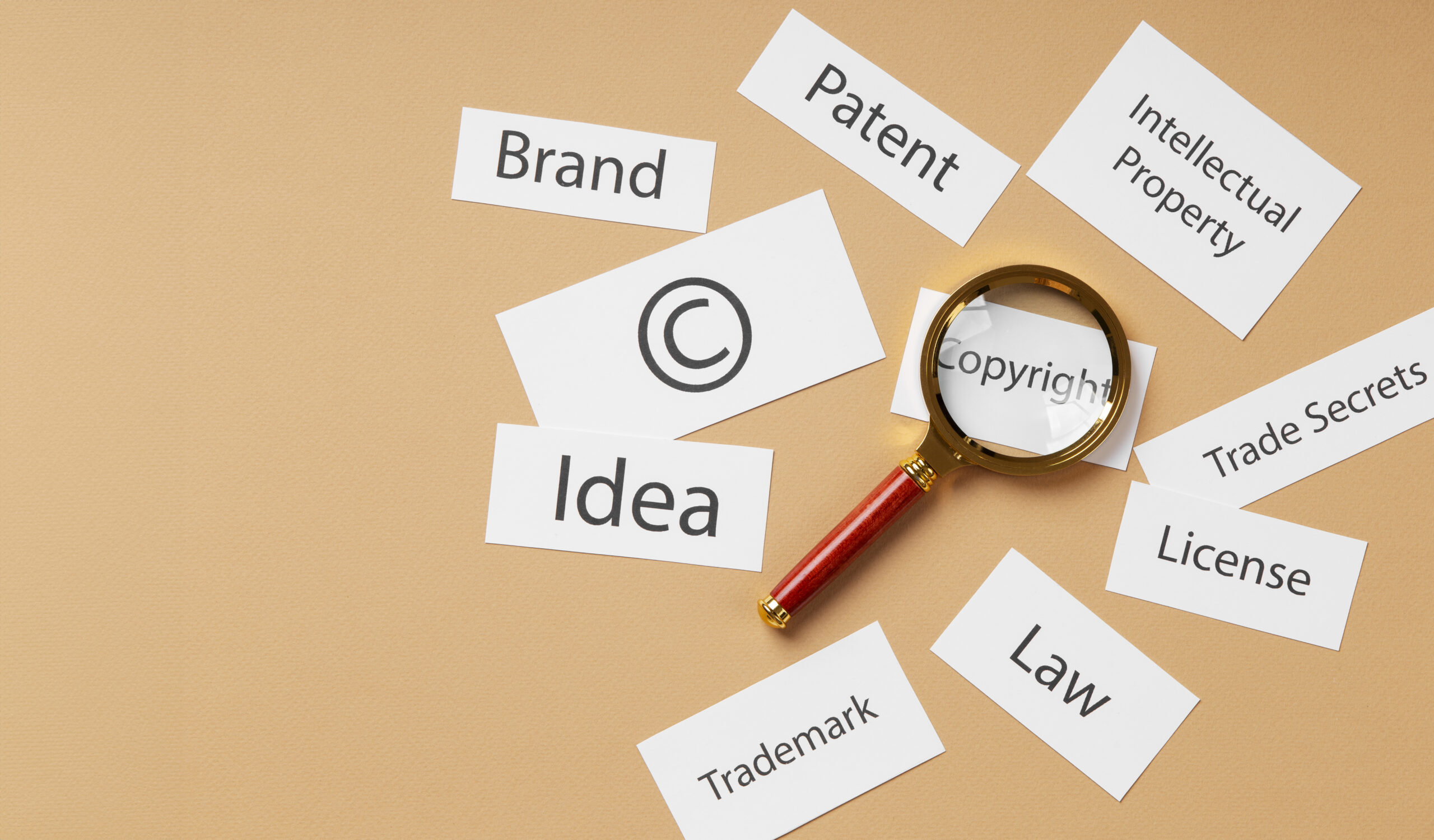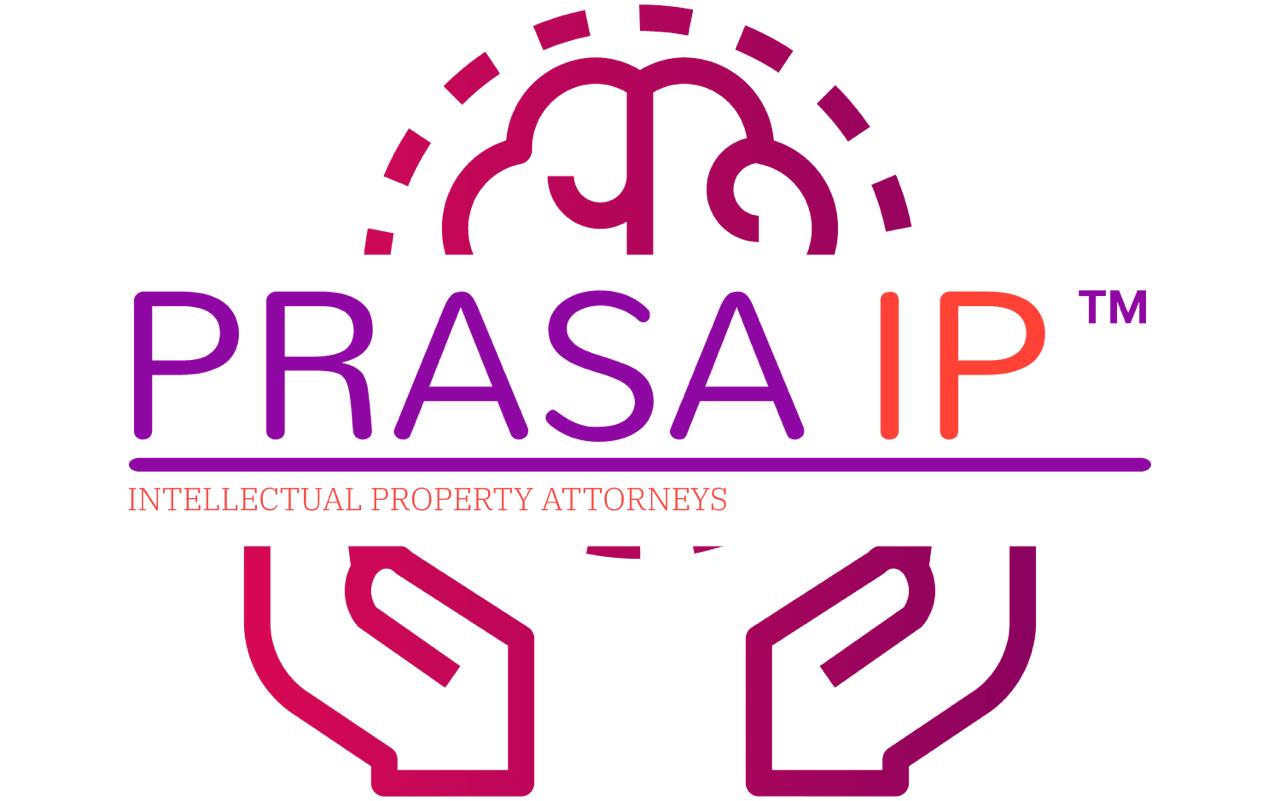
Intellectual Property (IP) is a crucial aspect of modern business, encompassing creations of the mind such as inventions, designs, logos, and brand names. For any business, protecting intellectual property is essential to safeguard its identity, reputation, and market position. Among the various forms of IP, trademarks are especially important as they represent the identity of a business in the marketplace. Understanding what is trademark infringement is vital, as unauthorized use of a business’s trademark can lead to confusion among consumers, damage to brand reputation, and legal disputes.
For businesses in India, trademark protection is governed under the Trade Marks Act, 1999. A trademark can be anything that differentiates your product or service from others, such as a logo, brand name, or slogan. However, with the rising competition in every industry, trademark infringement has become a pressing issue. This guide will explain what trademark infringement is, its types, legal provisions, examples, and how businesses can protect their trademarks effectively in India.
A trademark is a unique identifier used to distinguish the goods or services of one business from another. It could be a name, logo, slogan, design, or a combination of these elements. Some well-known examples of trademarks include:
In India, trademark registration is essential to ensure legal protection for your mark. While you can use a trademark without registering it, registration provides stronger legal rights, such as the exclusive right to use the mark within your industry and geographical area. It also makes it easier to take legal action against anyone infringing on your trademark.
In simple terms, trademark infringement occurs when a trademark that is identical or deceptively similar to a registered trademark is used by someone without permission. The purpose of trademark infringement laws is to protect consumers from confusion, and businesses from losing their brand identity.
Infringement occurs when:
To establish trademark infringement, several key elements must be proven:
For example, if a small local bakery uses a logo that closely resembles Amul’s logo, it could cause confusion among customers, especially if both businesses sell dairy products. This would likely qualify as trademark infringement.
There are two main types of trademark infringement: Direct Infringement and Indirect Infringement.
This occurs when a person or business uses an identical or deceptively similar trademark without permission for identical or similar goods or services. A classic example would be when a company uses a logo almost identical to Coca-Cola’s logo for their own soda products.
Indirect infringement involves third parties who aid, facilitate, or profit from another entity’s infringement. This includes:
India has witnessed several notable trademark infringement cases. Here are a couple of examples:
In this case, Amul, the famous dairy brand, sued a smaller competitor using a name very similar to its trademark, “Amool”. The court ruled in favor of Amul, stating that the use of a similar name caused confusion among consumers and diluted the brand’s identity.
In the digital age, e-commerce platforms have also seen a rise in trademark violations, where sellers use famous brand names or logos in their product listings to deceive consumers. These online stores sell products that resemble well-known brands, leading to confusion.
Not all uses of a similar trademark qualify as infringement. Here are a few exceptions:
Under Section 29 of the Trade Marks Act, 1999, trademark infringement is defined, and several provisions explain different forms of infringement. The Act covers multiple scenarios where trademark violations occur, including the use of identical or similar marks in relation to similar goods, and how to determine the likelihood of confusion.
Some important sub-sections under Section 29 are:
If your trademark is infringed, you have several legal remedies available:
In some cases, trademark infringement can lead to criminal penalties, including imprisonment or fines under the Indian Penal Code (IPC) and the Trade Marks Act, 1999.
If found guilty of trademark infringement, the penalties can be severe. Under the Trade Marks Act, 1999, the penalties include:
Additionally, the infringer’s reputation may suffer significantly, which could impact their ability to do business in the future.
If you believe your trademark has been infringed upon, the first step is to gather all the necessary evidence. This includes proof of your registered trademark and evidence of the infringement, such as advertisements, product images, or sales records. The next step is to file a trademark infringement case in court.
If you’re accused of trademark infringement, there are several defenses you may rely on:
Legal advice is essential to navigate these defenses effectively.
While trademark infringement deals with registered marks, passing off relates to unregistered trademarks. Here’s a comparison:
| Feature | Trademark Infringement | Passing Off |
| Protection | Only registered trademarks | Unregistered trademarks |
| Proof of Ownership | Evidence of registration required | Reputation and goodwill proof |
| Scope | Broader protection | Narrower protection |
To protect your business from trademark infringement, follow these best practices:
Understanding trademark infringement and its implications is crucial for businesses in India. The Trade Marks Act, 1999 provides a robust legal framework to protect your brand’s identity. If you believe your trademark is being infringed upon, it is essential to take action quickly to avoid any damage to your business’s reputation.
Prasaip IP Attorneys can help you navigate trademark law and protect your intellectual property rights. For legal consultations on trademark infringement or registration, contact Prasaip IP Attorneys today.
Trademark infringement occurs when a person or company uses a trademark that is identical or confusingly similar to a registered trademark without authorization, leading to consumer confusion.
Penalties for trademark infringement include fines, imprisonment of up to three years, and reputational damage to the infringer’s business.
You can defend against trademark infringement by proving fair use, showing no likelihood of consumer confusion, or challenging the validity of the trademark in question.
If someone uses your trademark without permission, you can file a lawsuit for trademark infringement, seeking remedies such as damages, an injunction to stop the use, or profits from the infringement.
Trademark infringement applies to registered trademarks, while passing off protects unregistered trademarks. Both cases protect against consumer confusion but differ in legal scope.

At PRASA IP, we are dedicated to helping you protect your creative designs with precision and expertise